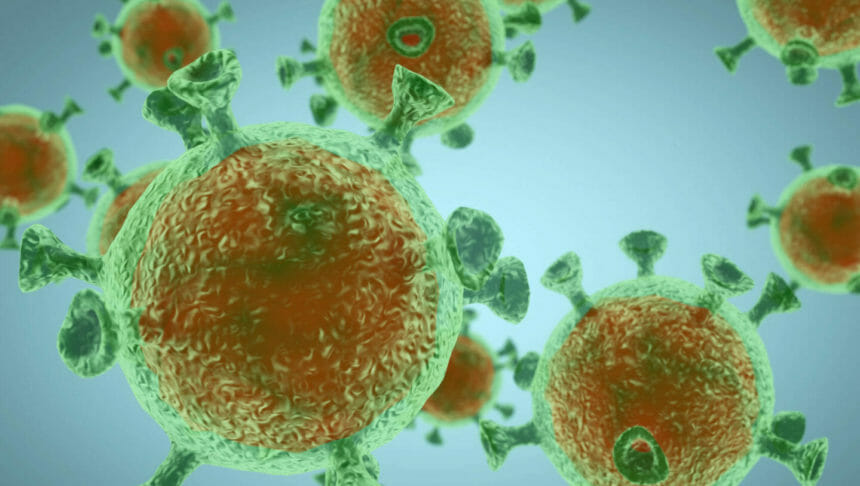
The coronavirus can live up to three days on plastic and stainless steel, and for hours when airborne, a new investigation has shown.
Scientists view the rapid spread of COVID-19 as a sign that the virus is transmitted from person-to-person through respiratory secretions. In the current study, investigators attempted to determine whether the virus droplets can also survive in the environment long enough to find a new host at a later time.
In addition to surviving on plastic and stainless steel, the virus can exist in aerosols (airborne droplets) up to three hours, they found. It also lives up to four hours on copper and as many as 24 hours on cardboard, the authors reported in a paper awaiting peer review in The New England Journal of Medicine.
The findings suggest that air and surface transmission of the virus may be possible in addition to person-to-person transmission, concluded Vincent J. Munster, Ph.D., from the National Institutes of Health, and colleagues. The group is currently studying how long COVID-19 can survive in nasal secretion, sputum and fecal matter, and in conditions with varying temperatures and humidity.




